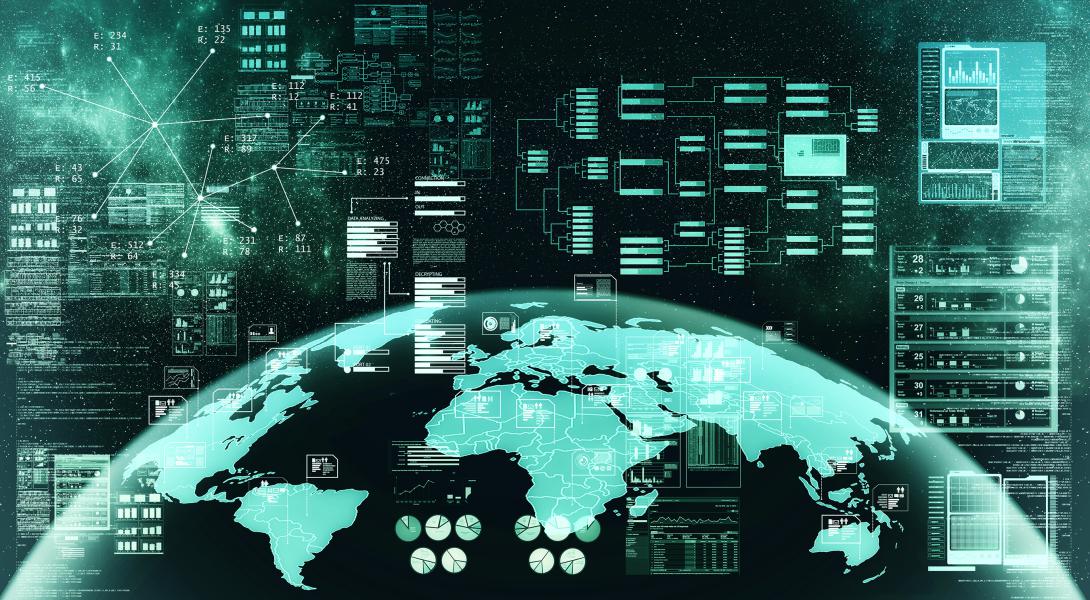President's Commentary: Boosting OSINT Use: A Smart Move
Competing and winning against peer or near-peer adversaries begins with intelligence gathering, often in the form of open-source information, or OSINT.
Every form of intelligence is vital to national security and defense, but the explosion of publicly available information and the information warfare efforts between Russia and Ukraine has placed OSINT center stage.
Numerous sources attribute much of Ukraine’s success to OSINT. An American Security Project report, for example, says OSINT has allowed Ukraine to swing international opinion in its favor, counter Russian disinformation, win international support, track Russian military assets and boost the morale of its own forces and civilian population. It was largely open-source information that allowed the U.S. government to predict Russia’s invasion and disprove Vladimir Putin’s justification for it.
Civilians around the world have joined the OSINT fray, identifying Russian weapon systems, assessing losses and using Google Street View to locate Russian forces. A Babel Street blog reports that amateur analysts with cellphones and Internet connections use social media channels and other means to reach thousands of people and impact the course of the war: “Footage and photos from phones, combined with commercial satellite images and Google traffic alerts, have revealed Russian troop movements and military convoys, with results shared to and from Twitter and TikTok.”
OSINT also offers great value across the range of offensive and defensive cyber operations. It informs tactics, techniques and procedures, enhances threat intelligence in the form of early indications and warnings, and offers opportunities for broader intelligence sharing with the private sector. Additionally, it allows greater access to, and analysis of, dark web operations and complements and enhances other forms of intelligence.
We are learning valuable lessons from Russia. Let’s use them, starting now.

The intelligence community understands that new technologies such as cloud-enabled artificial intelligence and machine learning also have a starring role to play in the full spectrum of intelligence missions, OSINT being just one.
The intelligence community understands that new technologies such as cloud-enabled artificial intelligence and machine learning also have a starring role to play in the full spectrum of intelligence missions, OSINT being just one. In 2019, the Office of the Director of National Intelligence published its Augmenting Intelligence Using Machines (AIM) Initiative, which recognized that using artificial intelligence, automation and augmentation technologies amplifies the effectiveness of the workforce, advances mission capability and enhances the ability to provide needed data interpretation to decision-makers.
In addition, the Intelligence Advanced Research Projects Activity—ahead of its time, as usual—realized the potential of both automating and crowdsourcing OSINT more than a decade ago. IARPA has developed methods for continuous, automated analysis of public data to predict or detect political or humanitarian crises, mass violence, riots, disease outbreaks and other upheavals, and has recruited ordinary citizens to act as “superforecasters” to predict disruptive events.
In addition, some experts float the intriguing possibility of instituting standards for OSINT. Professional standards may help build consistency across products, functions and agencies. Also, standardizing the credentials for personnel working in the OSINT world could foster greater intelligence sharing and cooperation across agencies, allow employees to transfer skills more easily from one agency to the next and help ensure those considered for leadership positions possess the necessary qualifications.
The real power of OSINT is not in using OSINT alone but in consistently and effectively integrating it with the other vital forms of intelligence, sharing as much as possible and expanding the pool of qualified personnel.
We are learning valuable lessons from Russia. Let’s use them, starting now.



Comments